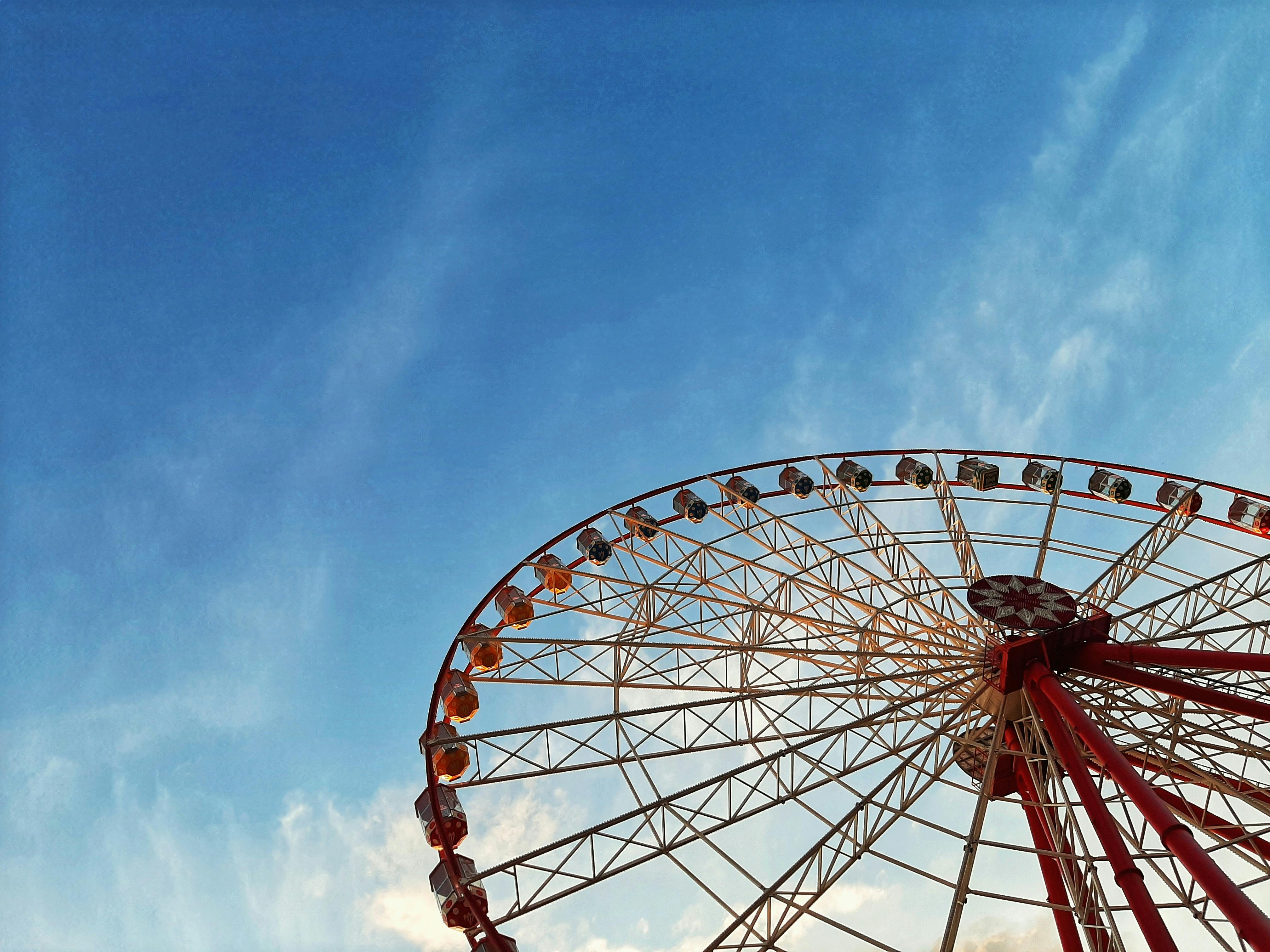Burial customs
In this country, there are two main options when disposing of a human corpse: burial or cremation. Cremation dates back 20,000 years and has recently become a popular disposal option, especially as we still lack adequate burial sites and space. However, burials are always present with 30% of the UK population still choosing a traditional burial over cremation.
Christian funerals are prolonged; body lying with straight legs and arms or arms crossed over the chest, they are buried in an east-west direction with the head at the western end of the grave. Other religions take a different position. In Islam, the face always points towards Mecca, the holiest city in Islam. Some cultures bend the body so that the knees and / or elbows are bent, while others have the body face down, although for most this is disrespectful. With suicides, it was often the case that bodies were buried upside down and, although this is purely symbolic, it tends not to happen any more.
The ancient Egyptians had an elaborate burial ritual that involved mummification and the casting of magical spells. The bodies were also buried with specific grave goods, all of which were considered to aid in the afterlife. For African American slaves, they were wrapped in cloth, their hands were placed on their chests, and a metal plate was placed on their heads. The metal plate was to stop his return home by preventing the spirit from leaving the coffin.
There is a wide variety of burial customs based on religion, geography, social status, and traditions, and with the first undisputed burial dating back 130,000 years, it’s no wonder that different rituals and customs have emerged. Interestingly, in the UK, the WHO (World Health Organization) states that burial of corpses is not strictly necessary and is not a public health requirement. Only if the body has an infectious disease should it be buried. Still, what is the alternative? If you were in Tibet, you would have a burial in the sky, which simply means that your body is cut in specific places and placed on the tops of the mountains to feed back into nature. This seems like a practical consideration, especially since the Tibetan landscape is harsh and often too rocky to excavate, but would you like to know that this is what will happen to your body?
